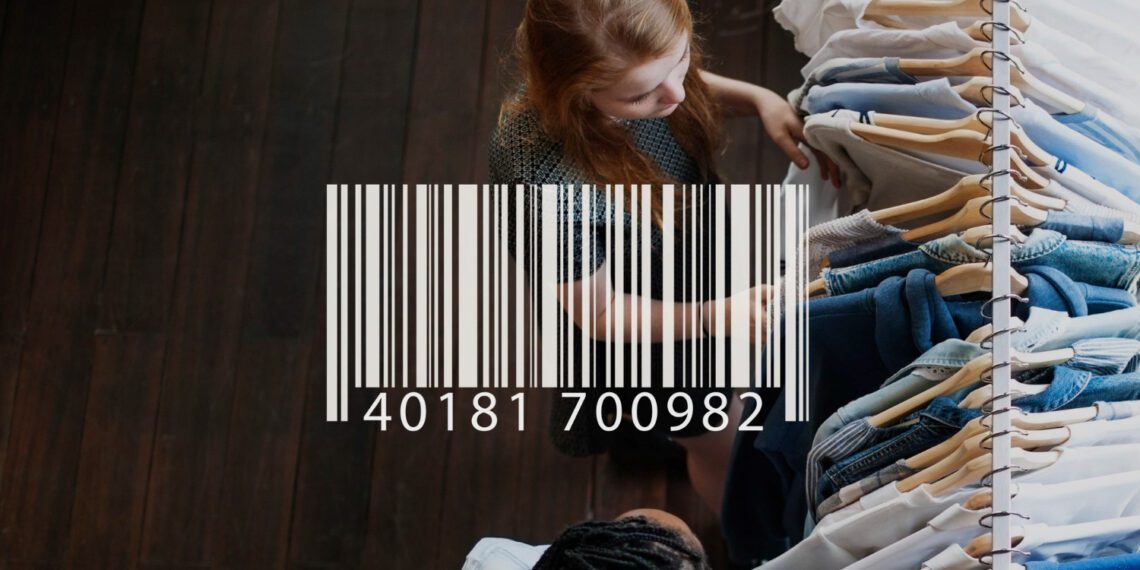Barcode technology has simplified the process of doing business for many companies since its invention in 1949. They provide an efficient way to manage tons of inventory by tracking and storing pertinent information without the risk of inaccuracy from manual methods. A barcode typically contains basic information about a product that can be easily read by a barcode scanner and fed into a computer for further processing. To understand what information should be in a barcode, it’s good first to know what it is and its working mechanism.
What is a barcode?
A barcode is an encoded image often expressed in numbers and a combination of black bars and white spaces of varying widths readable by a machine. A barcode provides a distinct way to identify a particular product and can store information using various symbols ranging from lines to dots. When a machine fails to read a barcode, the barcode number can be entered to retrieve the information, as you may have noticed when shopping in groceries and supermarkets. Barcodes can be found in two main categories, one dimensional (linear barcodes) and two dimensional (matrix barcodes), which inform the type of data to be stored in them.
- 1D Barcodes: 1D Codes, or linear codes, are basic codes that can only store information from left to right. The more the information, the longer the linear barcode, although they are often limited to 8-15 characters. Universal Product Code(UPC) is one of the most common and visually recognizable 1D codes commonly used in consumer goods globally. UPCs comprise a maximum of 12 characters and come in handy for inventory tracking. They provide essential product details such as size and color when scanned. One advantage of 1D codes is their simplicity, making them easily and rapidly read by any scanner. The major downside is the limited information it can hold. Other common types of 1D codes include EAN (European Article Number) barcode, Code 39 barcodes, Code 128 barcode, and ITF-14.
- 2D Barcodes: On the other hand, 2D Barcodes (matrix barcodes) provide a more advanced way of representing data in a 2D way. 2D codes can represent more data per unit area compared to 1D codes. They can permit up to 2,000 characters of horizontally and vertically encrypted data. This means they can easily take in all vital and additional information about a product, such as its price, websites, images, and other inventory information. However, unlike 1D codes, 2D codes cannot be read by your typical barcode reader and require an image scanner. Users can use any keyboard character, hence presenting limitless ways to reference and cross-reference encrypted data.
Information Held in a Barcode
There is no specified type of information barcodes can hold, and it always boils down to how much information you want encoded. The possibilities are limitless, and the information can be simple, detailed, or complex. For instance, a package in a storage facility can convey a range of information from one scan, such as;
- The item name
- The item details (size, color, type, etc.)
- Time & date of manufacture
- Where it was manufactured
- The warehouse location
- The operator who received the item
Ways Businesses Use Barcodes
The use of barcodes has enabled the integration of global distribution channels allowing big companies and corporations to scale and optimize their business operations across the world. Small and medium businesses, hospitals, government agencies, and institutions are not left behind either, as barcodes have enabled them to run their operations efficiently without the risk of human errors from manually entering data. So, what are the common ways barcodes are used?
1. Following up on Inventory Barcode technology has made it quite simple to create effective inventory monitoring systems comprising simple software and a scanner. You can track products you sell, various supplies, or raw materials. Scanning the barcode instantly reduces the inventory count.
2. Monitoring a Business’s Assets Various businesses have different categories of assets that need to be accounted for optimal operations. Barcode technology comes in handy as individual assets can be scanned when being added or removed from your asset tracking software. Audits are much easier when barcodes are used to keep track of assets.
3. Used in Return Mails and Mail Merge Barcodes are attached to return mail postcards that match a particular product and can be used to track registered and unregistered numbers. They are also used very effectively when hosting events by adding barcodes to RSVP cards to track responses easily.
4. Used to Track Invoices Tracking invoices is way easier with barcodes. A barcode is tagged to a specific invoice number representing a customer and makes it simple to locate their account when payment has been made. This eliminates common errors such as matching payments to a wrong customer account.

